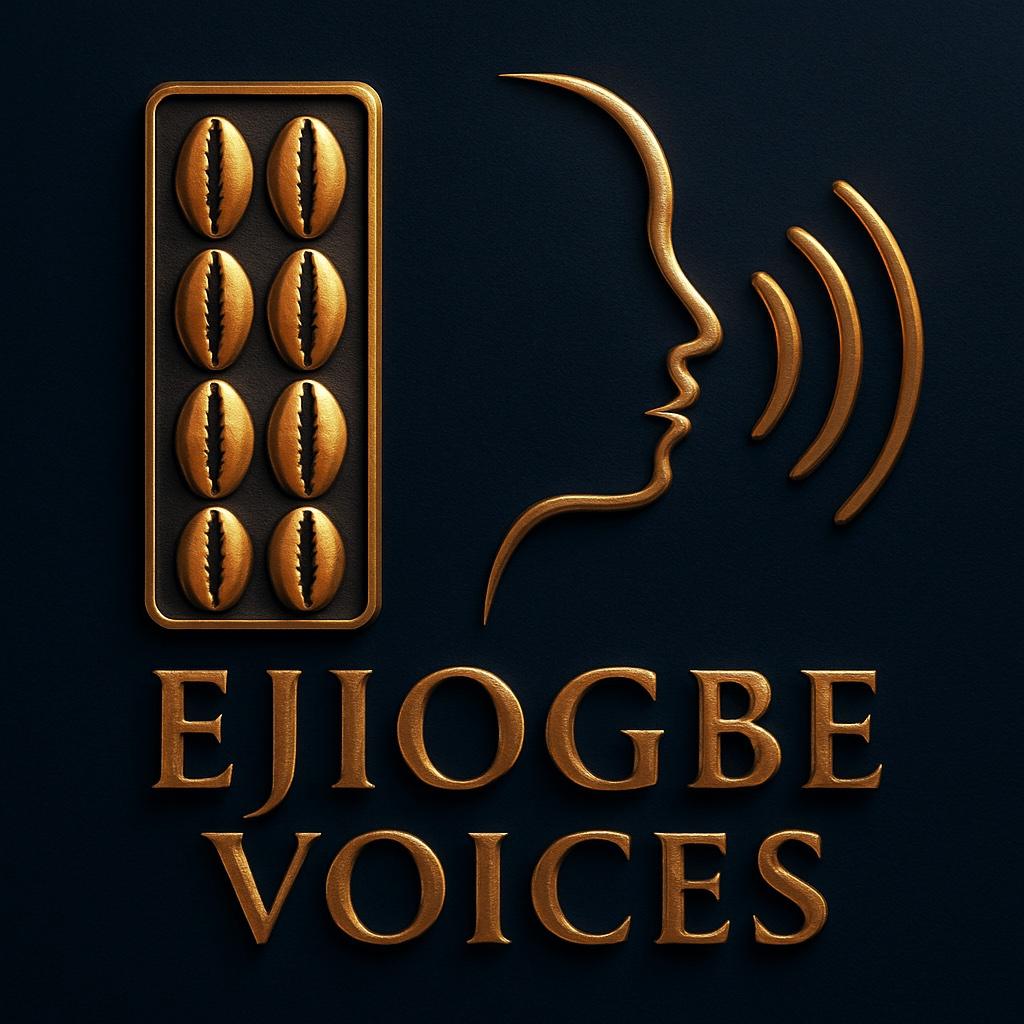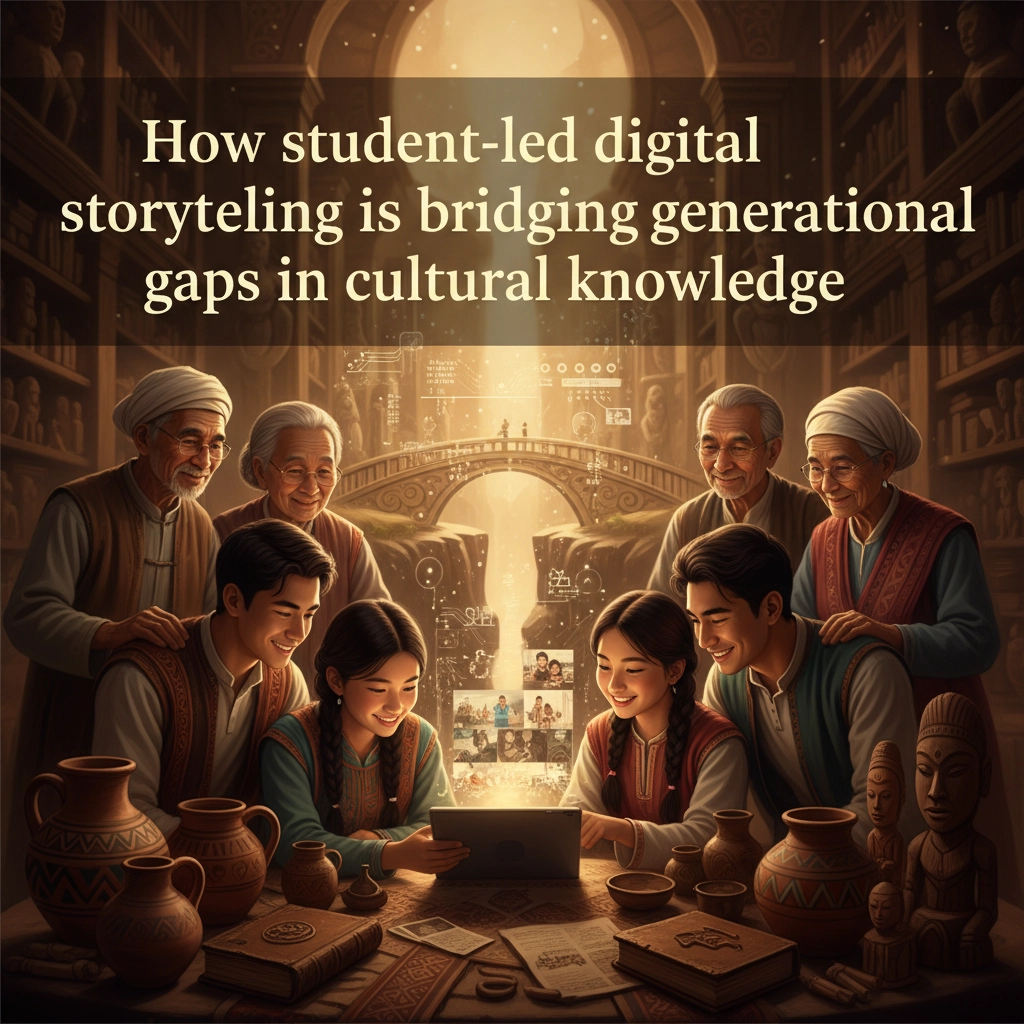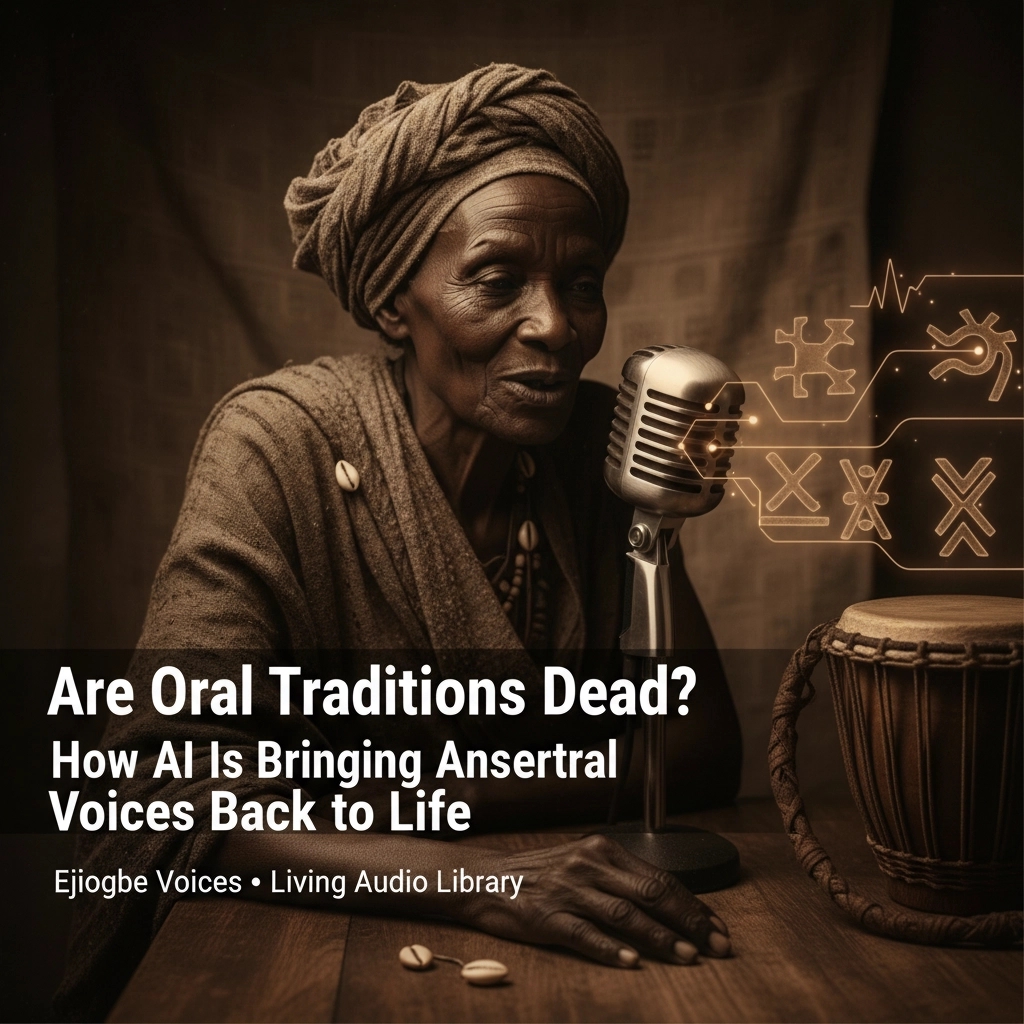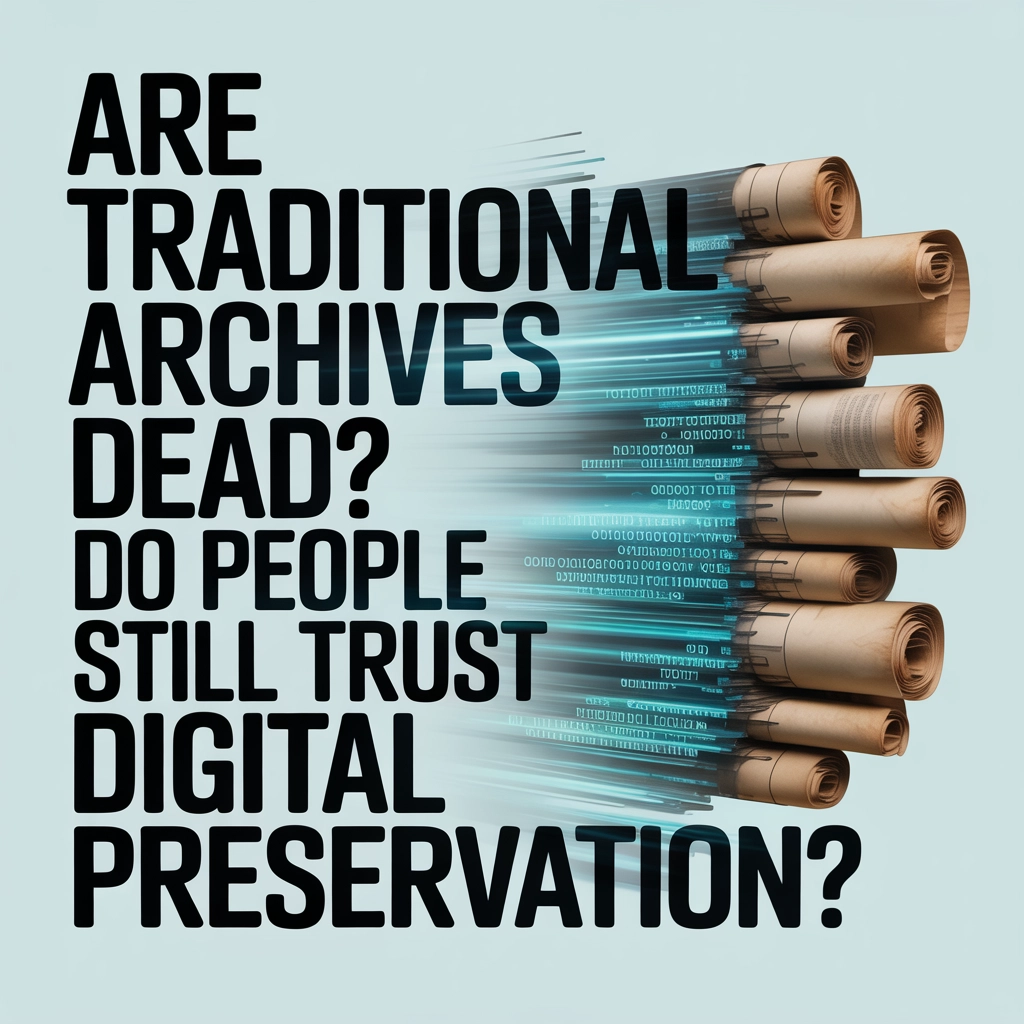In communities across the globe, from Caribbean islands to South Asian neighborhoods, a quiet revolution is happening. Young people are picking up smartphones, tablets, and cameras: not just to create content for social media, but to preserve something far more precious: the wisdom of their elders.
This movement represents more than just technology meeting tradition. It's about creating bridges where walls once stood, connecting generations through the universal power of storytelling enhanced by digital tools.
The Challenge We Face
Every day, we lose irreplaceable cultural knowledge. Elders pass away taking with them stories, songs, recipes, and traditions that have been passed down through generations. Meanwhile, young people often feel disconnected from their heritage, caught between modern life and ancestral wisdom.
The gap seems impossible to bridge. Elders may feel overwhelmed by new technology, while youth might view traditional knowledge as outdated or irrelevant to their digital lives.
But students around the world are proving this assumption wrong.
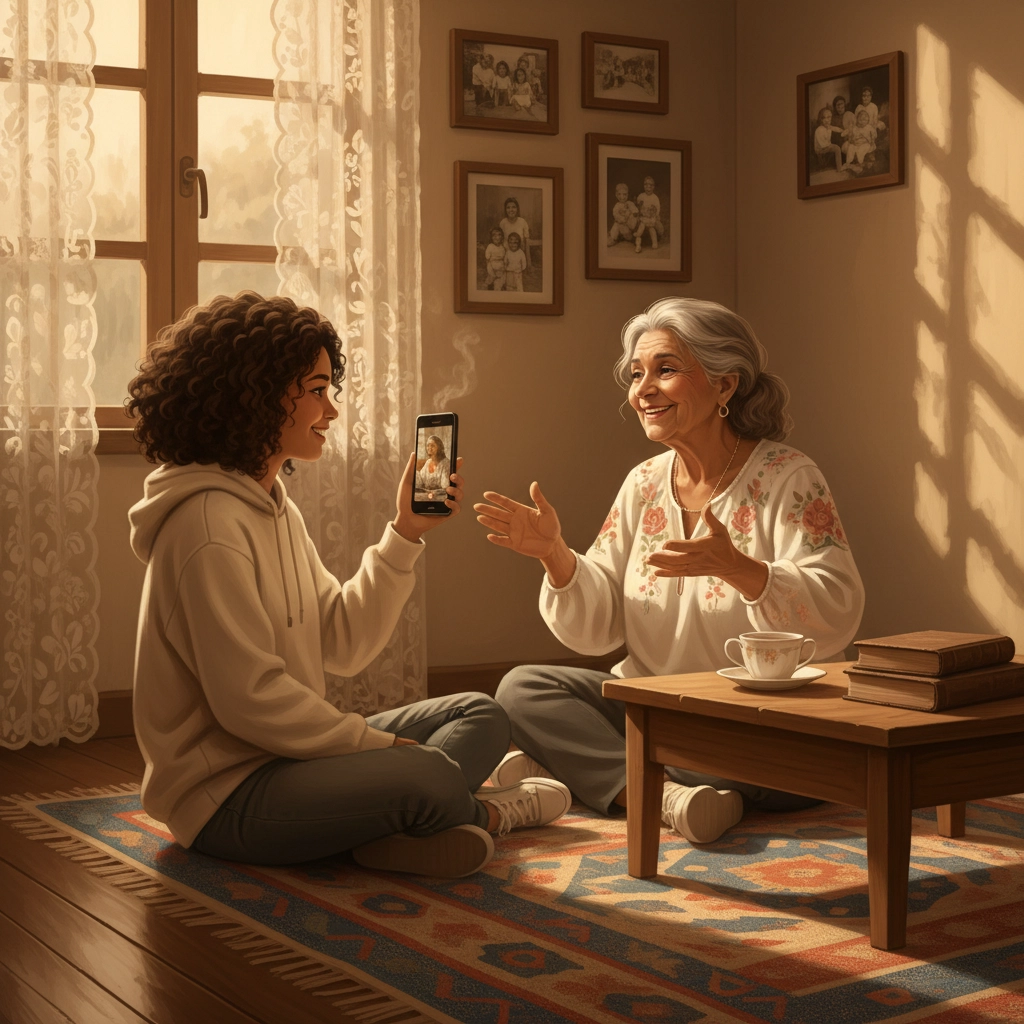
Students as Cultural Bridges
In Queens, New York, 16-year-old Maria collaborates with her Dominican grandmother to document traditional merengue stories. Using a simple video app on her phone, Maria records her abuela sharing memories of dancing in Santiago while weaving in historical context she's researched for school.
Across the ocean in Mumbai, Raj creates digital photo essays combining his grandfather's memories of pre-independence India with contemporary images of their neighborhood. His multimedia presentations have become teaching tools in his school's history classes.
These aren't isolated examples. Students everywhere are discovering that digital storytelling gives them a way to honor their elders while making cultural knowledge accessible to their peers.
How Digital Storytelling Works in Practice
The process is beautifully simple. Students begin by sitting with elders: grandparents, community leaders, family friends: and listening. Really listening. They ask questions, record conversations, and gather photographs, documents, or objects that tell stories.
Then comes the creative part. Using accessible tools like smartphone apps, free editing software, or even presentation platforms, students craft narratives that blend traditional knowledge with their own perspectives and research.
The key elements include:
- Audio recordings of elders sharing stories, songs, or teachings
- Visual elements like family photos, cultural artifacts, or community spaces
- Student narration that provides context and connects past to present
- Interactive elements like maps, timelines, or clickable features
What makes this approach powerful is that students aren't just documenting: they're interpreting, questioning, and making connections. They become active participants in cultural transmission rather than passive recipients.

Real Examples Making Real Impact
In a Polynesian community center in Honolulu, high school students created digital story maps tracing their families' migration patterns across Pacific islands. Working with kupuna (elders), they recorded traditional navigation techniques and wove them together with GPS data and historical records.
The project didn't just preserve knowledge: it transformed how young people viewed their heritage. "I always thought my great-grandfather's stories about following stars were just fairy tales," shared one student. "Now I understand they were sophisticated navigation techniques that got our people across thousands of miles of ocean."
In Toronto's Caribbean community, students partnered with elders to create multimedia presentations about traditional healing practices. They combined elder interviews with botanical research, creating educational resources that bridged indigenous knowledge with contemporary health understanding.
These projects serve multiple purposes: they preserve cultural knowledge, strengthen intergenerational relationships, and give students pride in their heritage while developing digital literacy skills.
The Tools Making It Possible
The beauty of student-led digital storytelling lies in its accessibility. Students don't need expensive equipment or advanced technical skills to get started.
Popular tools include:
- StoryMapJS for creating location-based narratives
- Adobe Spark for combining photos, videos, and text
- Flipgrid for recording and sharing video stories
- Audacity for audio editing and podcast creation
- Canva for designing visual presentations
Many schools and community organizations also provide access to more advanced tools like video editing software or recording equipment. But the most important tool remains the simplest: genuine curiosity and respect for elder knowledge.
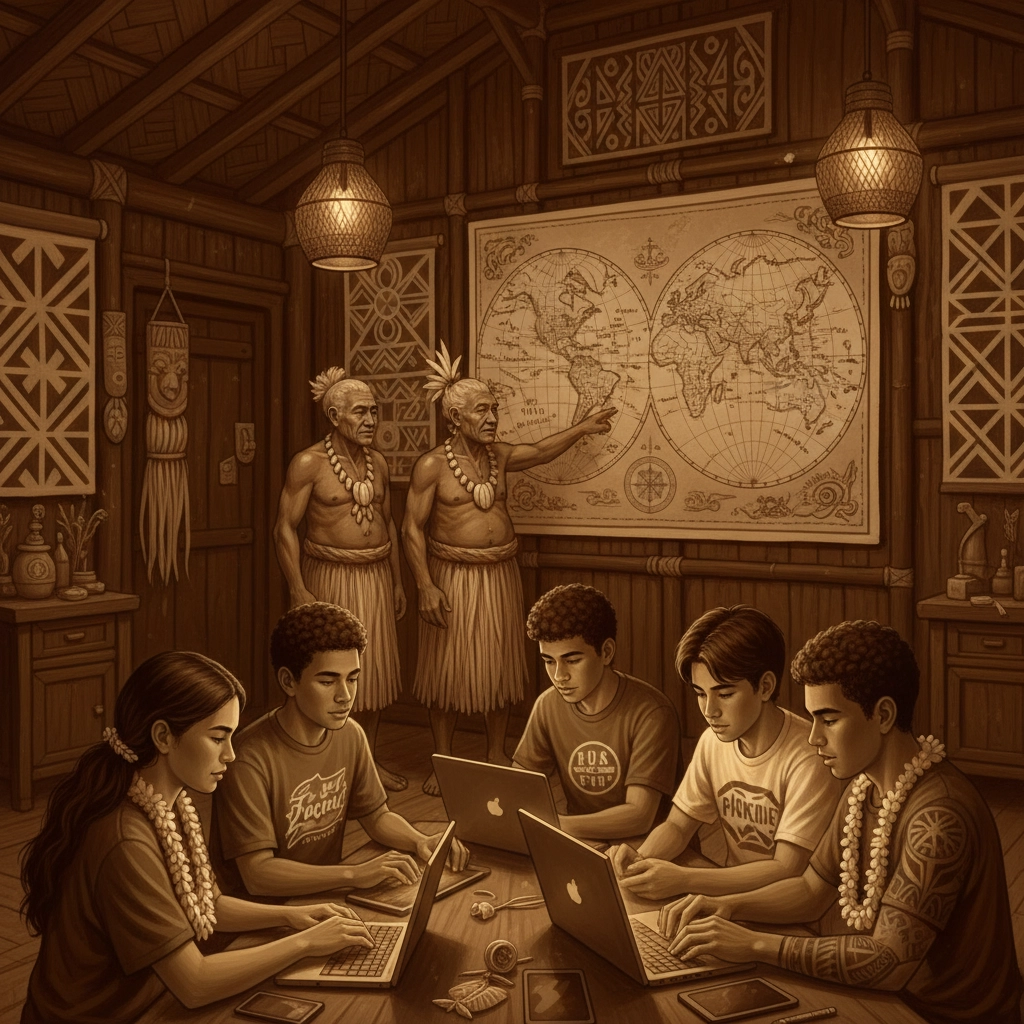
Breaking Down Barriers
One of the most remarkable aspects of this movement is how it transforms relationships between generations. Traditional power dynamics shift when students become the technical experts while elders remain the knowledge holders.
Fatima, a Somali-Canadian student in Minneapolis, describes how teaching her grandmother to use recording apps changed their relationship: "Before, our conversations were just small talk. Now we're partners in preserving our family's story. She teaches me about Somalia before the war, and I show her how to share those stories with our community."
This collaboration creates mutual respect and understanding. Elders feel valued for their knowledge while students gain appreciation for their heritage. The digital element removes barriers: language differences can be overcome with subtitles, and visual elements help communicate across cultural contexts.
Educational Impact
Teachers and educators are recognizing the profound learning opportunities in these projects. Students develop research skills, digital literacy, cultural competency, and communication abilities: all while strengthening family and community bonds.
In many cases, student projects become curriculum resources for other students. A Sikh student's documentation of Gurdwara traditions becomes a teaching tool for religious studies classes. Latino students' exploration of family migration stories enriches social studies discussions.
The authentic nature of these projects creates "uncheatable" assessments while providing meaningful learning experiences that connect to students' lived experiences and family histories.
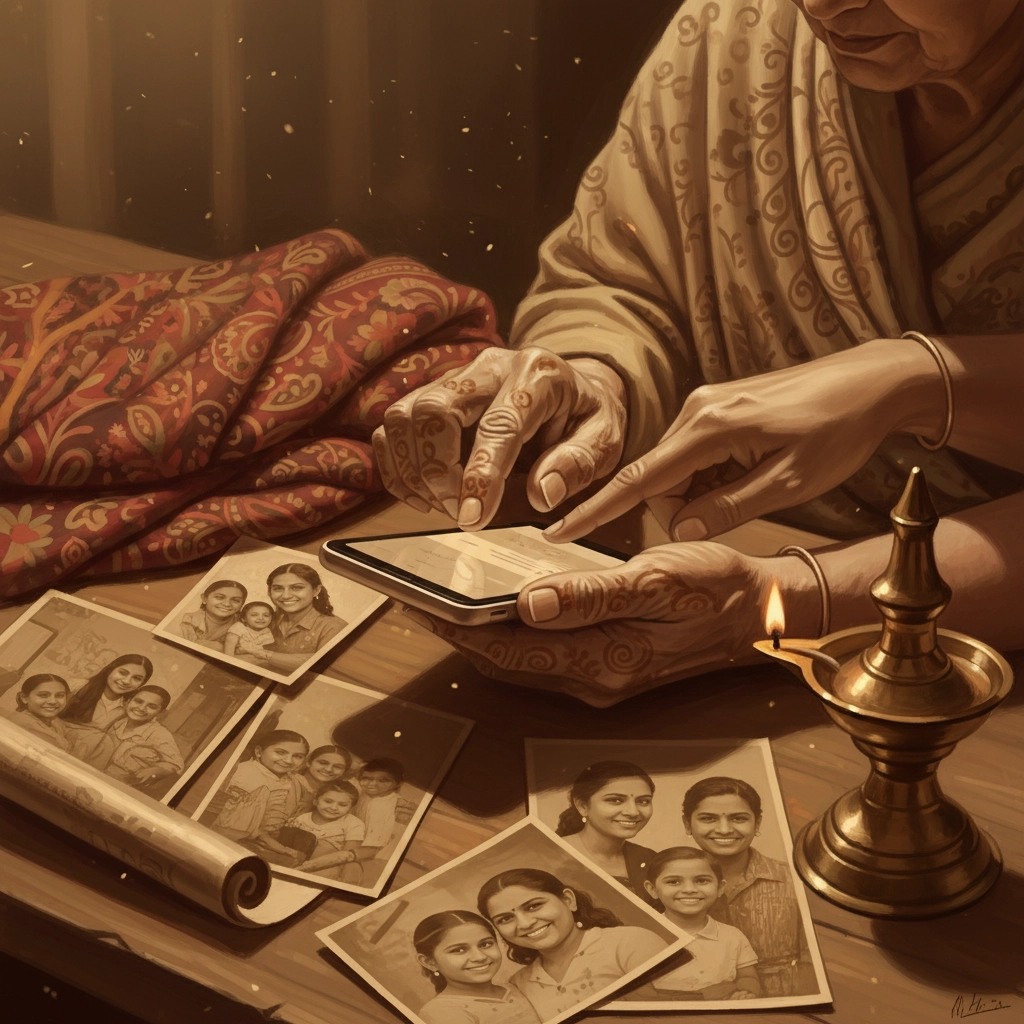
Community Transformation
The ripple effects extend far beyond individual families. Communities are using student-created digital stories for cultural centers, historical societies, and educational programming.
In many cases, these projects spark broader conversations about cultural preservation. Elders who initially hesitated to share stories become enthusiastic participants when they see the respectful, creative ways students present their knowledge.
Community organizations report increased intergenerational participation in cultural events. Young people who felt disconnected from their heritage develop pride and engagement in traditional practices.
Challenges and Solutions
Of course, this work isn't without obstacles. Privacy concerns arise when dealing with sacred or sensitive cultural knowledge. Some elders worry about misrepresentation or cultural appropriation.
Successful programs address these concerns through clear guidelines about consent, community review processes, and emphasis on respect and accuracy. Students learn about cultural protocols and the responsibility that comes with being knowledge keepers.
Technical barriers also exist: not all elders are comfortable with recording equipment, and not all students have reliable access to technology. Community partnerships with libraries, schools, and cultural organizations help bridge these gaps.
The Future of Cultural Preservation
As this movement grows, we're seeing exciting developments. Virtual reality projects allow students to create immersive cultural experiences. Artificial intelligence helps preserve endangered languages by creating digital archives of elder speech patterns.
But technology remains secondary to the human connections at the heart of this work. The most sophisticated app can't replace the magic that happens when a grandmother shares her story with a grandchild who truly wants to listen.
A Living Legacy
Student-led digital storytelling represents more than just preservation: it's cultural evolution. These projects create living legacies that continue growing and changing as new generations add their perspectives and experiences.
When students document their elders' wisdom using digital tools, they're not just creating archives. They're building bridges: between past and future, tradition and innovation, wisdom and wonder.
This movement reminds us that cultural knowledge isn't meant to be static. It's meant to be shared, interpreted, and carried forward by each new generation in ways that honor the past while embracing the future.
The students leading this charge understand something profound: in our rapidly changing world, the wisdom of our elders isn't outdated: it's more necessary than ever. And with digital storytelling, they've found a way to make that wisdom accessible, engaging, and impossible to ignore.
